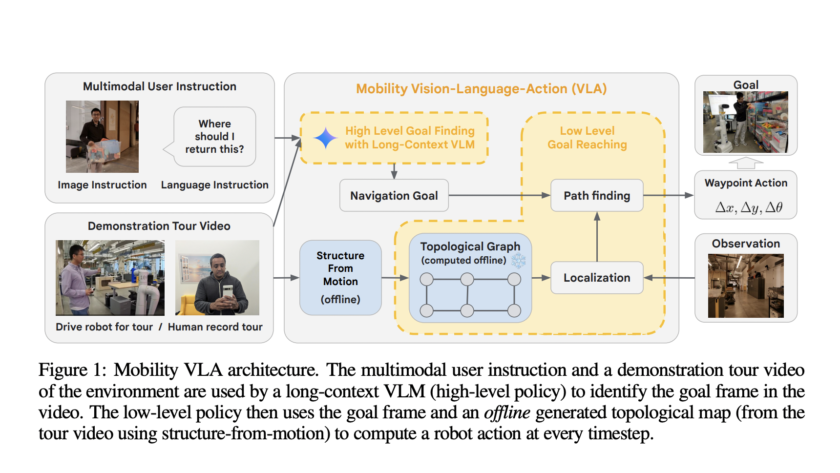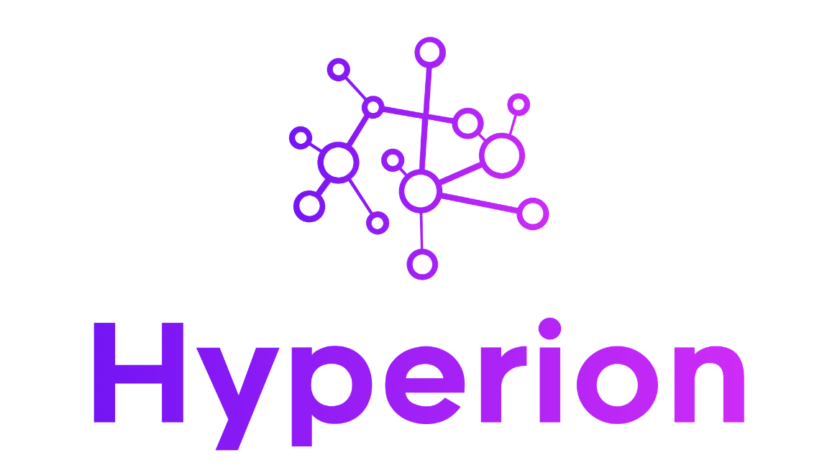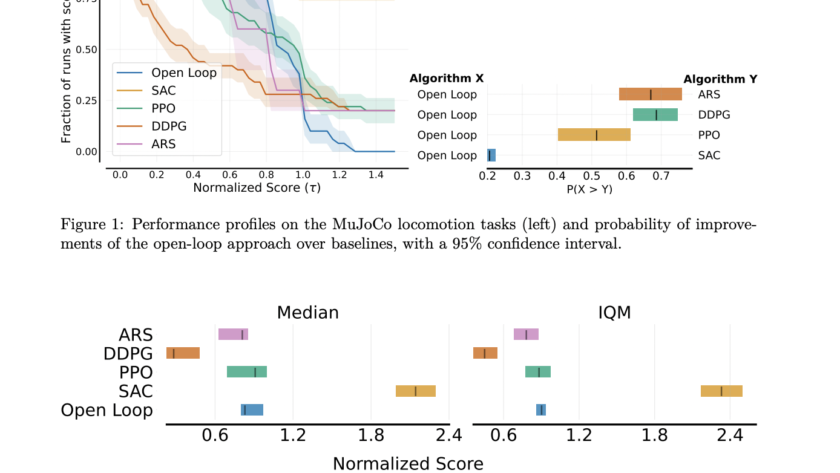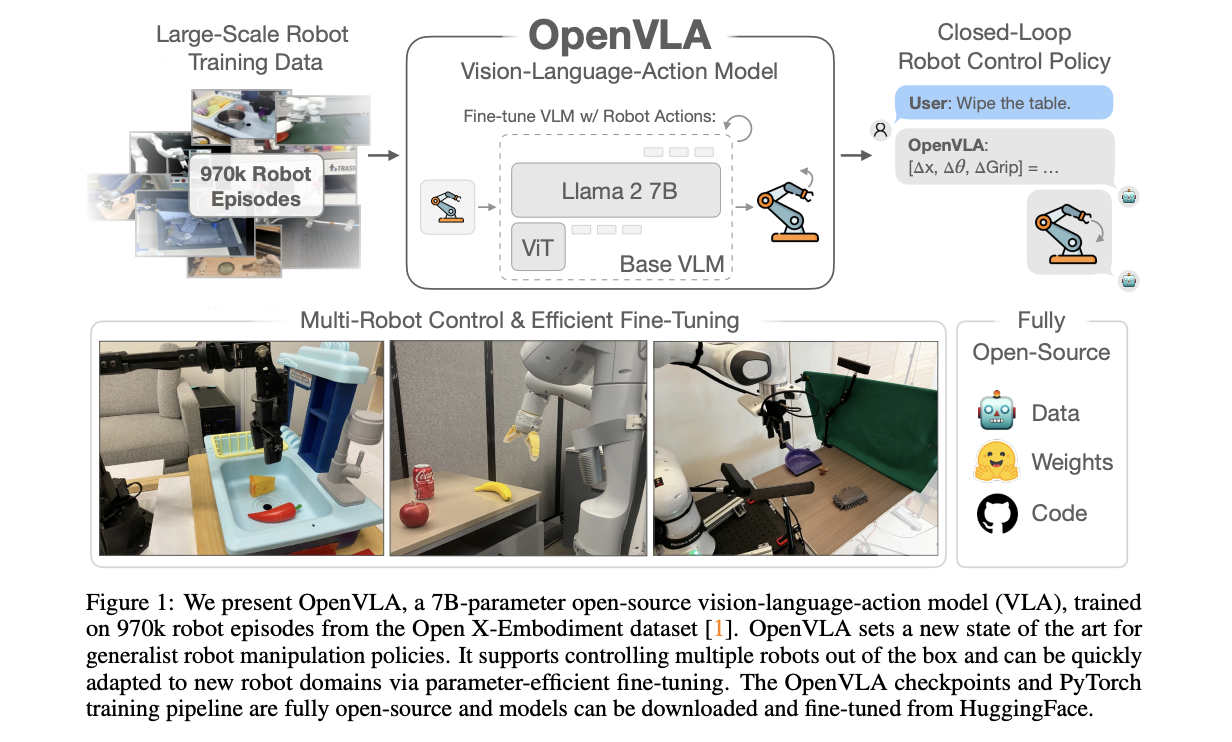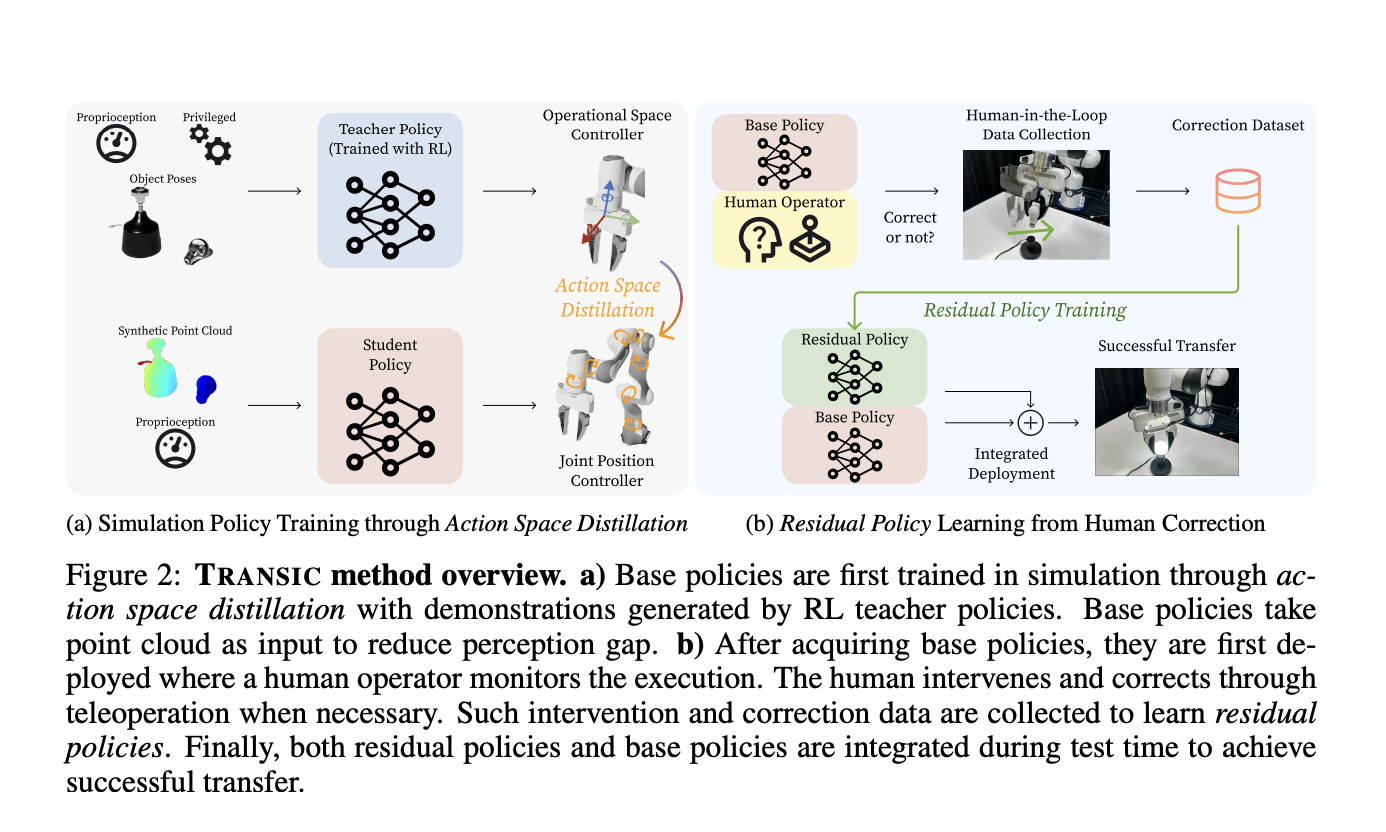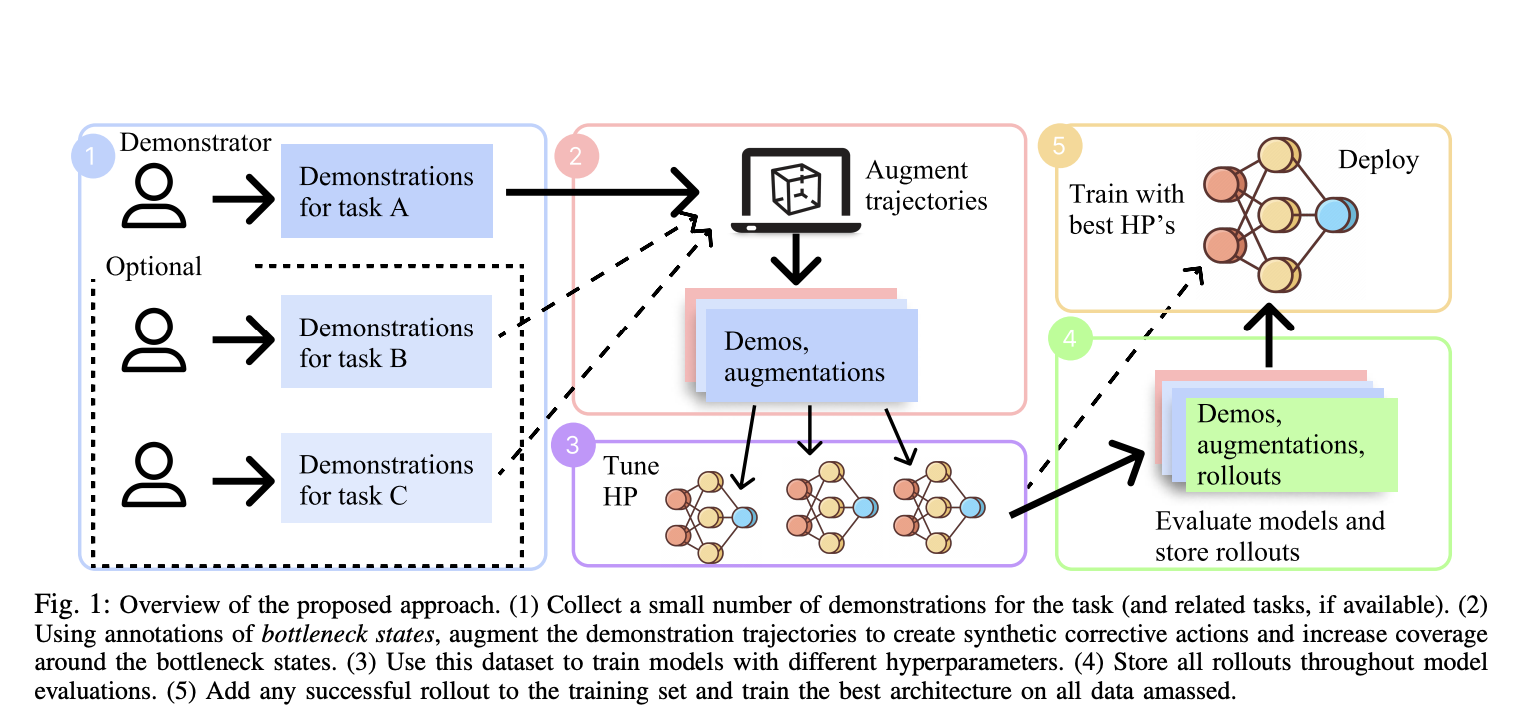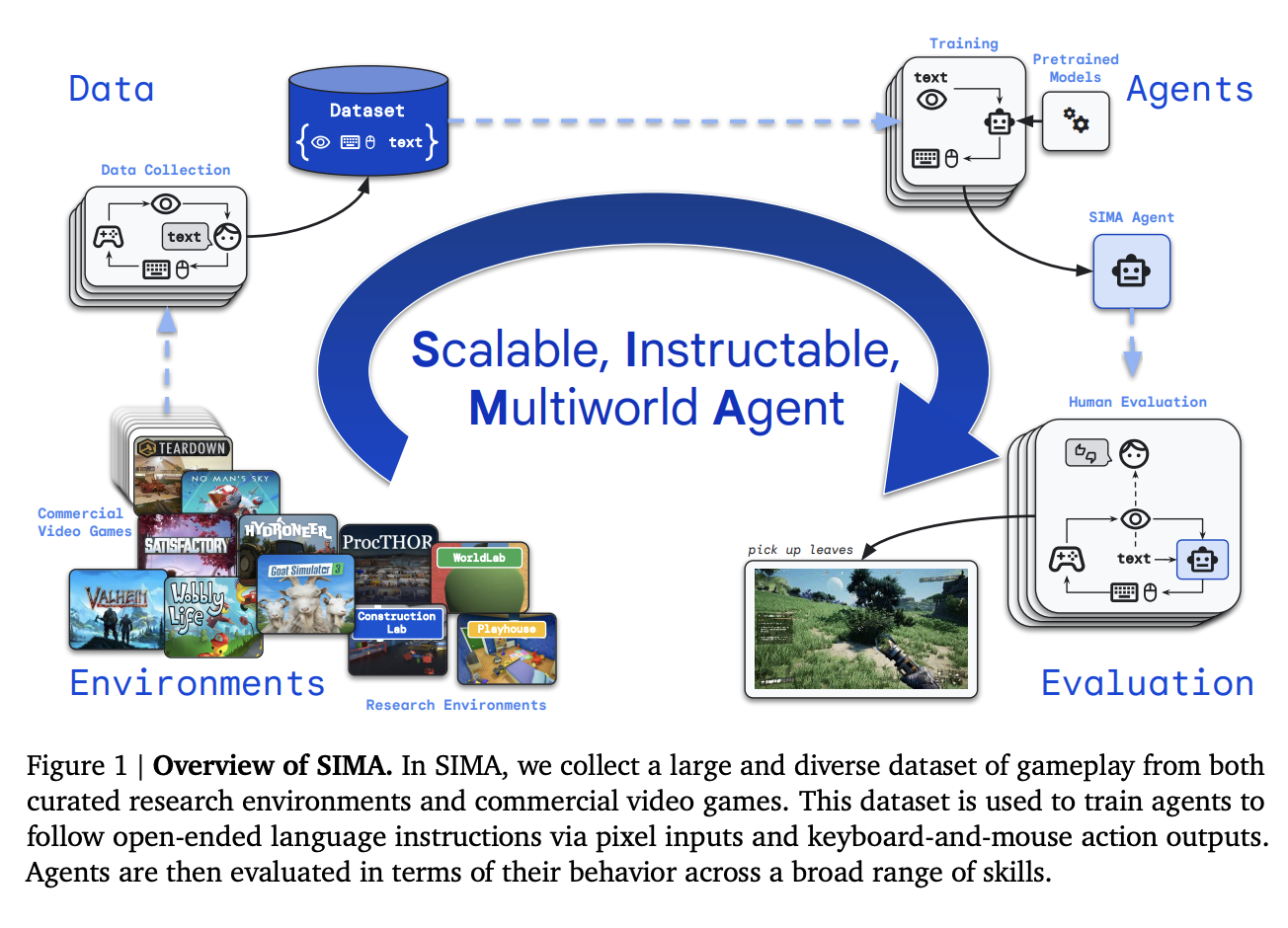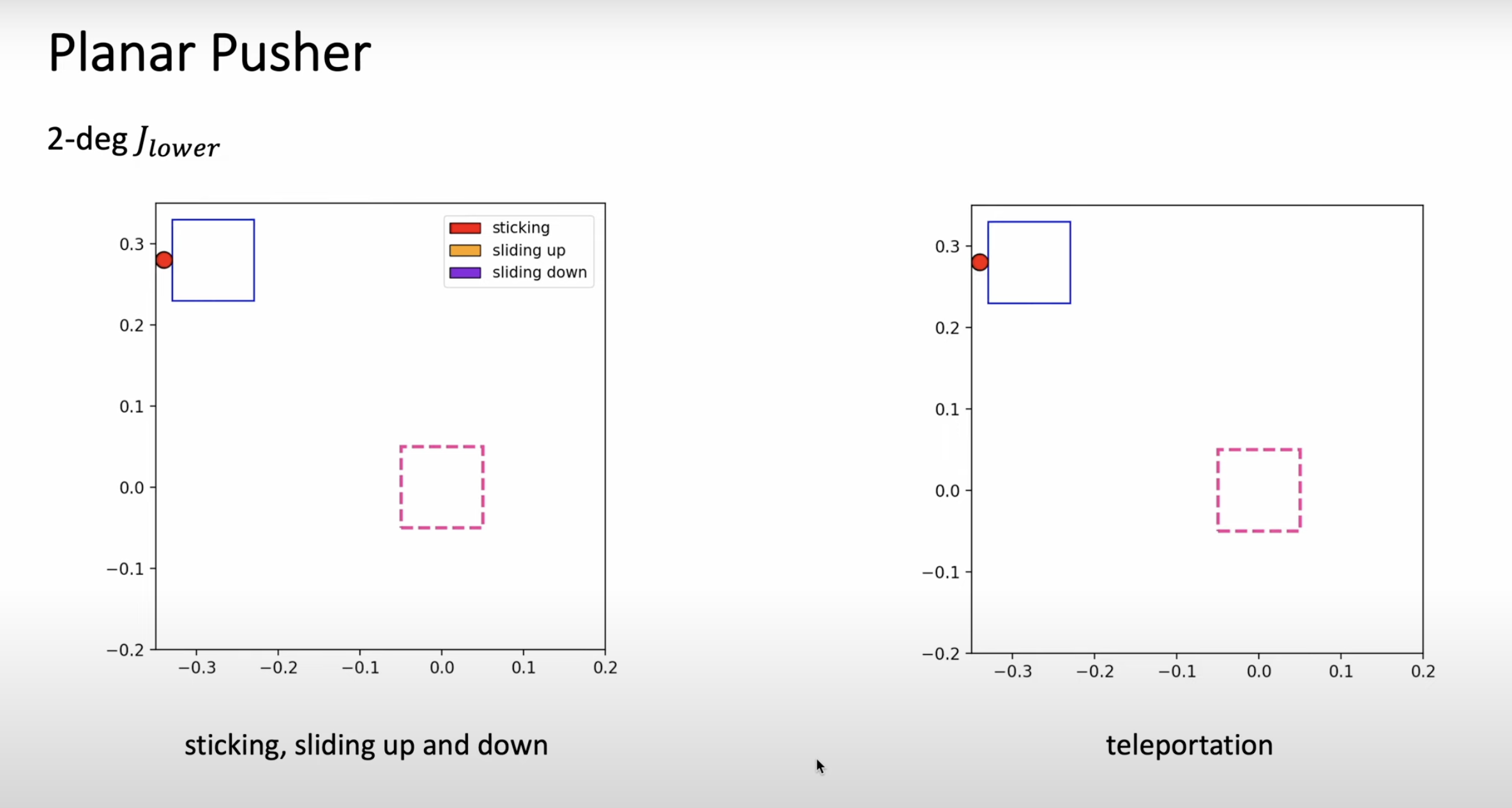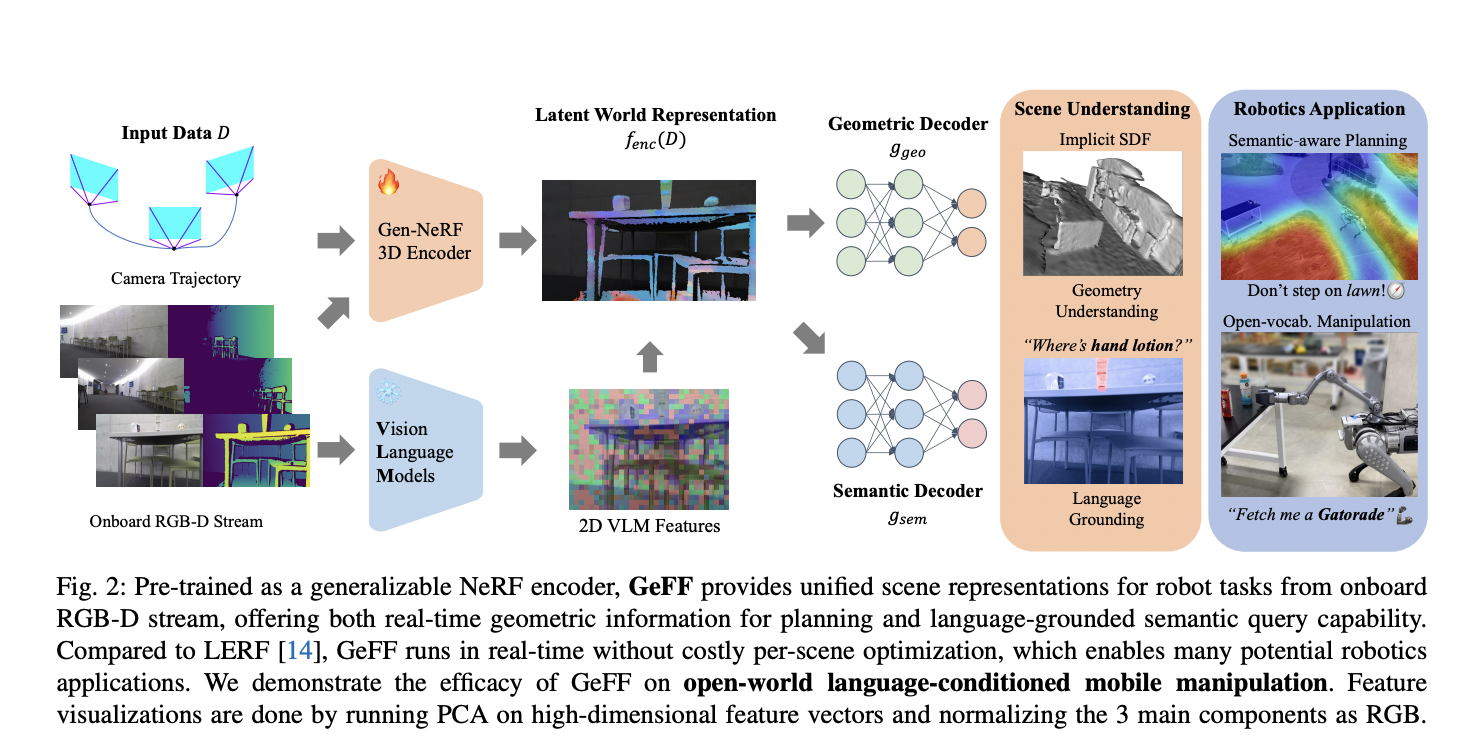Technological advancements in sensors, AI, and processing power have propelled robot navigation to new heights in the last several decades. To take robotics to the next level and make them a regular part of our lives, many studies suggest transferring the natural language space of ObjNav and VLN to the multimodal space so the robot…
